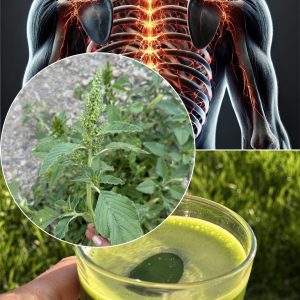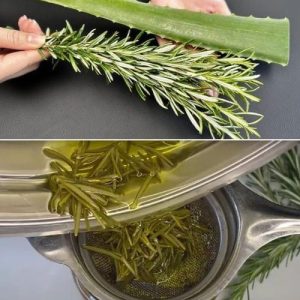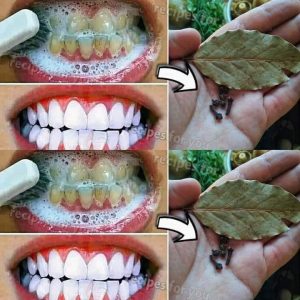Gardening is a fulfilling and therapeutic hobby, but not everyone has the luxury of a spacious backyard. For those living in apartments or with limited outdoor space, container gardening is the perfect solution. Growing a vegetable garden in a pot is not only convenient but also allows you to enjoy fresh, homegrown produce all year round. Here’s a step-by-step guide to help you get started.
1. Choose the Right Container
The first step in creating your potted vegetable garden is selecting the right container. Here are some tips:
- Size: Choose a pot that is large enough to accommodate the root system of the vegetable you plan to grow. A depth of at least 12 inches is generally suitable for most vegetables.
- Material: Pots can be made from various materials such as plastic, terracotta, or ceramic. Plastic pots are lightweight and easy to move, while terracotta pots are more breathable, which is beneficial for the roots.
- Drainage: Ensure your pot has drainage holes to prevent waterlogging, which can lead to root rot.
2. Select the Right Soil
Using the right soil is crucial for the success of your vegetable garden in a pot. Garden soil from your yard is often too heavy for containers. Instead, use a high-quality potting mix that is light and well-draining. Look for a mix that includes organic matter like compost or peat moss to provide essential nutrients to your plants.
3. Choose Suitable Vegetables
Not all vegetables are well-suited for container gardening. Here are some of the best options:
- Leafy Greens: Lettuce, spinach, and kale grow well in pots and can be harvested continuously.
- Herbs: Basil, parsley, and cilantro are easy to grow and don’t require much space.
- Tomatoes: Cherry tomatoes are particularly good for containers.
- Peppers: Bell peppers and chili peppers thrive in pots.
- Root Vegetables: Carrots and radishes can also be grown in deeper containers.
4. Planting Your Vegetables
Once you’ve selected your vegetables and prepared your containers, it’s time to plant. Here’s how:
- Seeds vs. Seedlings: You can start with seeds or buy seedlings from a nursery. Seedlings give you a head start, but seeds are more economical.
- Planting Depth: Follow the instructions on the seed packet or plant label for the correct planting depth. Generally, seeds should be planted at a depth twice their diameter.
- Spacing: Ensure you give each plant enough space to grow. Crowded plants compete for nutrients and sunlight, leading to poor growth.
5. Watering and Feeding
Proper watering is essential for a thriving container garden:
- Frequency: Container plants dry out faster than those in the ground. Check the soil daily and water when the top inch feels dry.
- Method: Water thoroughly until water drains out of the bottom of the pot. This ensures the roots receive adequate moisture.
- Fertilizing: Use a balanced, water-soluble fertilizer every 2-4 weeks to provide essential nutrients. Organic options like compost tea or fish emulsion are great choices.
6. Sunlight and Placement
Most vegetables need at least 6-8 hours of sunlight per day:
- Location: Place your pots in a sunny spot like a balcony, patio, or windowsill.
- Mobility: If possible, move your pots to follow the sun throughout the day to maximize exposure.
7. Maintenance and Harvesting
Regular maintenance will keep your potted garden healthy:
- Pruning: Remove dead or yellowing leaves to encourage new growth.
- Pest Control: Keep an eye out for pests like aphids or caterpillars. Use natural remedies like neem oil or insecticidal soap if needed.
- Harvesting: Harvest your vegetables when they reach their mature size. Regular harvesting encourages continuous production.





